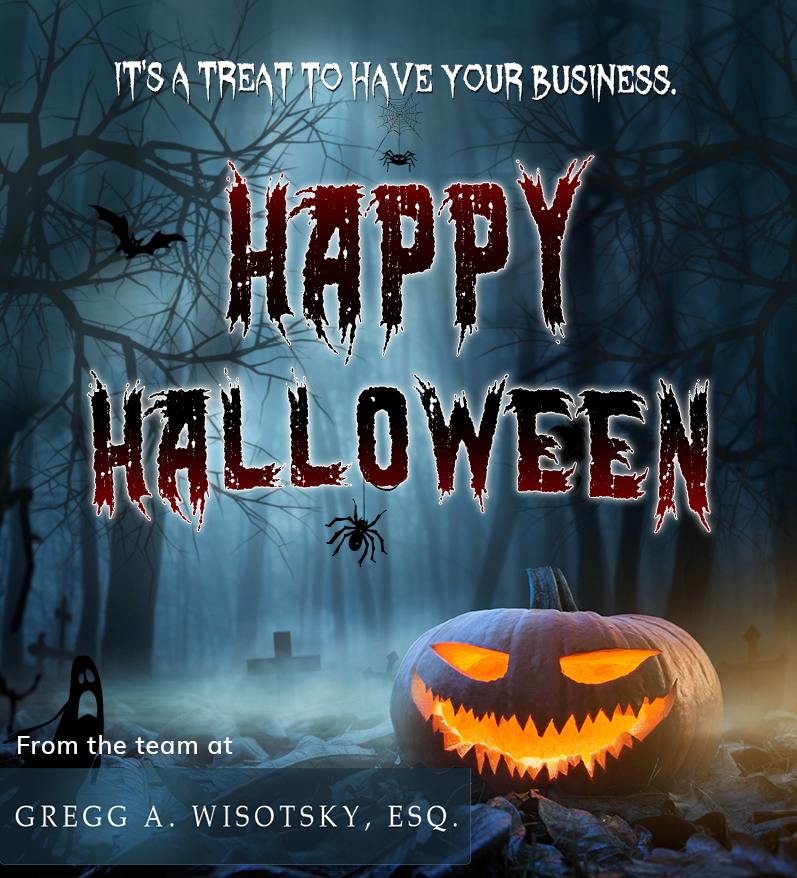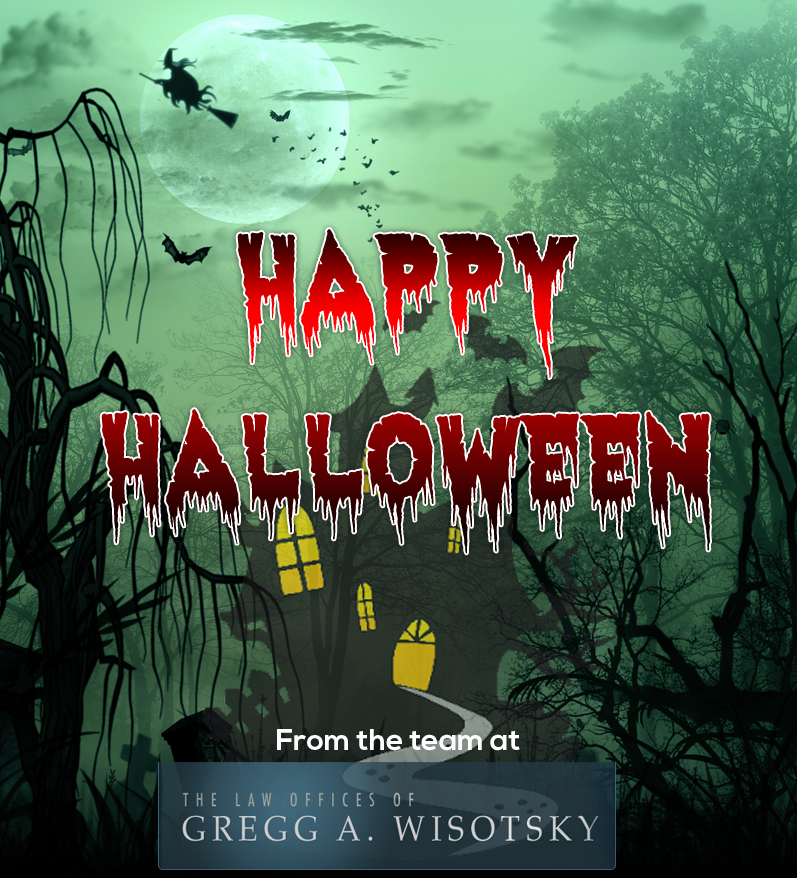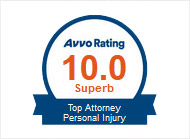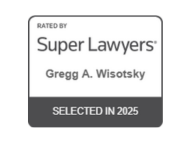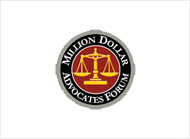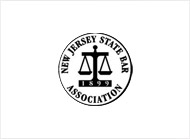How Reliable Are Drug-sniffing Dog?
In the United States, around 50,000 dogs help police officers by smelling drugs that have been hidden and identifying criminals. Unfortunately, these dogs might not be as infallible as they seem. New evidence shows that inaccurate evidence may be leading to some wrongful convictions.
Body Cameras Reveal That Cops Often Encourage Sniffer Dogs to React
Recent cases suggest that police dogs may sometimes respond incorrectly, and their handlers might be at fault. Since the rise of body cams, more and more people have started to doubt that police dogs always tell the truth.
In a recent lawsuit in Texas, a plaintiff accused a deputy of searching his pickup truck on false pretenses. When his legal team got the bodycam footage from the officer, his reflection on the side of the truck clearly showed the officer gesturing to the dog right before the dog gave a signal that it smelled drugs. A thorough search of the vehicle afterward revealed no drugs, but it ended up damaging the vehicle.
This is just one of the many recent reports of police officers signaling to dogs. A former K-9 trainer explains that many drug dogs alert their handler to the presence of drugs by sitting. However, since these dogs are so well-trained, they also know commands for “sit.” An unscrupulous officer can easily tell their dog to sit down any time they want an excuse to search a vehicle.
Studies Suggest That Even Honest Cops May Accidentally Influence Dogs
Even in cases where police officers have handled their canine companions perfectly, drug-sniffing dogs might not be reliable. Studies have shown that K-9 units often falsely alert officers to items that do not contain drugs or weapons.
It turns out that many dogs are so smart and loyal that they aren’t actually good candidates for this sort of work. Dogs can be very closely tuned to their handlers, and they often pick up on small body and facial cues. In cases where the handler expects to see drugs, the dog may make a false alert simply because they want to please their partner.
Unfortunately, there isn’t much of a solution for stopping these over-eager dogs. Critics of traditional K-9 procedures have discussed a double-blind testing method that can help rule out police dog false alerts. However, these tests are very time-consuming and have been met with a lot of hostility from police departments. Currently, dogs are one of the easiest ways for police to get an excuse to search vehicles, and they’re unlikely to give up that advantage.

What This Means for People Accused of Crimes
Why is all this data so important to Morristown criminal defense lawyers? In many criminal cases, doubt about a dog’s accuracy could influence the outcome of a trial. Because there are laws in place that protect citizens from improper searches, evidence can only be presented in court if it was lawfully obtained. When a police officer pulls over a car, they don’t have a right to automatically search it.
Therefore, if it turns out that a police officer encouraged their dog to say there were drugs in the car, their entire premise for the search was fabricated. In these cases, if evidence like drugs is uncovered during the search, it cannot be presented in court. The prosecution could not let the jury know that drugs were found, and they couldn’t present those drugs to back up their claim. Ultimately, you could potentially avoid being convicted if your lawyer can prove that the police officer conducted their search improperly.
If you’ve been charged with a crime based on the evidence of a K-9 unit, it can be in your bust interests to consult with a lawyer. The Law Office of Gregg Wisotsky is happy to review your case and discuss their finding with you. We help people throughout Springfield, Newark, and other surrounding areas with a variety of cases. To schedule your free consultation with a Morristown criminal defense lawyer, call 973-898-0161 or fill out our contact form.





 We set aside one day every year to give thanks, but here at Law Offices of Gregg A. Wisotsky, we are thankful throughout the year for the relationships that we have built with our clients. We value your trust and your confidence, and we are committed to helping you achieve your goals.
We set aside one day every year to give thanks, but here at Law Offices of Gregg A. Wisotsky, we are thankful throughout the year for the relationships that we have built with our clients. We value your trust and your confidence, and we are committed to helping you achieve your goals.